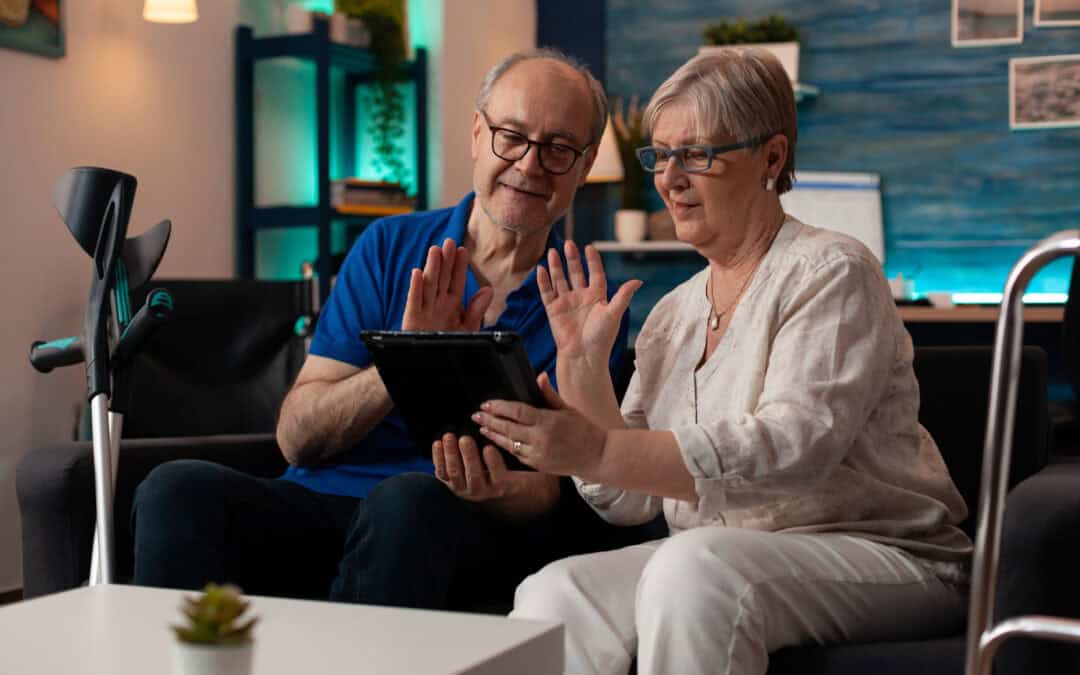Telehealth has revolutionized the way healthcare is delivered, particularly within the realm of family medicine. The adaptation of telehealth by family medicine practices is reshaping patient care in significant ways, making healthcare services more accessible and efficient. This article will delve into how these practices are embracing telehealth, the benefits and challenges encountered, and what the future holds for this integration.
Telehealth Integration in Family Medicine
Family medicine practices are increasingly turning to telehealth as a means to expand their reach and provide continuous care to their patients, even from a distance. For example, a rural family practice may use telehealth to provide consultations to patients who otherwise would need to travel extensive distances for care. Integrating telehealth involves:
- Adopting secure and reliable technology platforms.
- Training staff to handle virtual consultations effectively.
- Ensuring compliance with healthcare regulations for privacy and security.
This shift not only helps in managing patient loads more efficiently but also plays a crucial role in making healthcare more inclusive.
Benefits of Telehealth for Family Health
The integration of telehealth into family medicine brings numerous benefits that directly enhance patient care and practice efficiency. These include:
- Accessibility: Patients can receive care at their convenience, without the need for travel.
- Cost-effectiveness: Reduces the overhead costs associated with in-person consultations and patient no-shows.
- Patient satisfaction: Increases engagement and satisfaction as patients enjoy more flexible healthcare solutions.
Moreover, telehealth has proven particularly beneficial in the management of chronic diseases, where regular monitoring and consistent consultations can significantly improve patient outcomes.
Challenges Faced by Family Practices
Despite the clear benefits, family medicine practices face several challenges in the integration of telehealth. These challenges stem from both technological and operational aspects:
- Technology adoption: Some practices struggle with the initial setup and ongoing maintenance of telehealth technology.
- Insurance complications: Navigating insurance claims for telehealth services can be complex and varies by state and insurer.
- Patient privacy: Ensuring the confidentiality of patient data during online consultations demands robust security measures.
Addressing these challenges requires a proactive approach, including investing in reliable technology and seeking clarity on telehealth policies from insurers.
Patient Response to Telehealth
The response from patients towards telehealth has been largely positive, although it varies widely depending on demographic factors such as age, location, and technology literacy. Patients have reported:
- High adoption rates: Many are quick to embrace telehealth as a convenient alternative to traditional visits.
- Increased satisfaction: Appreciation for the flexibility and time-saving aspects of telehealth.
- Varied preferences: Some still prefer in-person visits, particularly for more serious health issues.
Gathering and analyzing patient feedback is crucial for practices to refine their telehealth offerings and address any concerns effectively.
The Future of Telehealth in Family Medicine
Looking forward, telehealth is poised to become an integral part of family medicine, influenced by technological advancements and policy changes. Predictions for the future include:
- Expansion of services: More comprehensive services, including remote monitoring and mobile health apps.
- Policy evolution: Enhanced support and clearer guidelines from governments and insurance companies.
- Technological advancements: Improved platforms that offer greater interactivity between patients and healthcare providers.
As family medicine practices continue to adapt, they will find new ways to incorporate these technologies to meet the evolving needs of their patients.
Key Takeaways on Family Medicine and Telehealth
- Telehealth is becoming a cornerstone in the provision of family medicine.
- While there are significant benefits, the challenges must be managed carefully.
- Patient feedback is vital in shaping future telehealth strategies.
Frequently Asked Questions
- What is telehealth? Telehealth involves the use of telecommunications and virtual technology to deliver health care outside of traditional health-care facilities.
- How do I access telehealth services in family medicine? Most family medicine practices now offer telehealth services through their websites or through a dedicated app; contact your healthcare provider for specific details.
- Are telehealth services covered by insurance? Yes, many insurance providers now cover telehealth services, but coverage can vary significantly, so it’s important to check with your insurance company.
- Is telehealth as effective as in-person visits? For many types of consultations, especially follow-ups and routine monitoring, telehealth can be just as effective as in-person visits.
- Can I use telehealth for emergency situations? Telehealth is not suitable for emergency conditions where immediate physical assessment or treatment is necessary. In such cases, visiting an emergency room or calling emergency services is recommended.
By embracing telehealth, family medicine practices are not only expanding their capabilities but are also enhancing the overall healthcare experience for their patients. As this trend continues, it promises to shape the future of family medicine profoundly.

